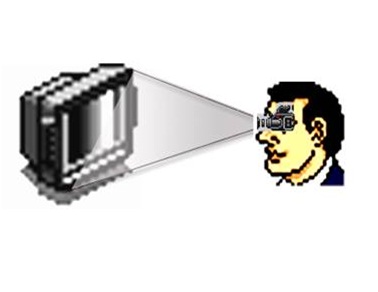Neural Interfacing
Published on Aug 15, 2016
Abstract
Neural Interfacing is a powerful means which can develop a robust bridge between humans and machines. In this paper we emphasize on neural interfacing as an evolving trend in wireless communications by taking into account one of its important application i.e cyborgs.
In the next half of the paper we discuss the operational features of cyborgs with the experiments conducted and proposed to be conducted in future and in the process give a brief description of the advantages and disadvantages of this technology Attachments and interfaces mediate our interaction with the environment and usually are positioned on the surface of the body. Physical objects would be called tools or attachments, while information utilities would be called interfaces In the same way a neural interface allows human brain communicate directly with a computer, without any other equipment. That kind of interface allows any illusions to be inputted to human nervous system. Neural interfacing fantasies have mainly grown out of science fiction
Introduction of Neural Interfacing
A recent article on neural interfacing in the IEEE Transactions reports that "a Microelectrode array capable of recording from and stimulating peripheral nerves at Prolonged intervals after surgical implantation has been demonstrated." These tiny silicon-based arrays were implanted into the peroneal nerves of rats and remained operative for up to 13 months . The ingeniously designed chip is placed in the pathway of the surgically severed nerve. The regenerating nerve grows through a matrix of holes in the chip, while the regenerating tissue surrounding it anchors the device in place.
This chip receives the signals from the surrounding nerves and sends it to a computer through a wireless medium . Within several decades, active versions of these chips could provide a direct neural interface with prosthetic limbs, and by extension, a direct human-computer interface.This human computer interface may now lead to a revolutionary organism called as “cyborg”, which was thought of as a science -fiction earlier
The silicon chip implant is inserted into the upper inside of the left arm, beneath the Inner layer of skin and on top of the muscle . And the device is connected to the Nerve fibers in the left arm , positioned about halfway between the elbow and Shoulder . Most of the nerves in this part of the body are connected to the hand, and send and receive the electronic impulses that control dexterity , feeling , even emotions.
This nerve center carries more information than any other part of the anatomy, aside f rom the spine and the head and so is large and quite strong This chip is made to receive the signals from the nerve fibres and the signals are then transmitted to the computer.The computer is programmed to receive the signals ,store them in a data base and execute the tasks such as opening the doors switching on and off of lights and giving vocal messages to the cyborg depending on his locomotions and actions
Future projects
The chip in the implant will receive signals from the nerve fibres and send them to a computer instantaneously. For example, when we move a finger, an electronic signal travels from the brain to activate the muscles and tendons that operate the hand. These Nerve impulses will reach the finger. These nerve pulses are received by the implanted silicon chip and it sends the signal of impulses to a computer through wireless path. The signal from the implant will be analog, so we'll have to convert it to digital in order to store it in the computer.The computer receives the signal and sends it back to the implant .This ensures whether the same response of moving the finger will be created by sending same impulse signal to the implant .

When we waggle the left index finger, it will send a corresponding signal via the implant to the computer, where it will be recorded and stored. Next, we can transmit this signal to the implant, hoping to generate an action similar to the original.
No processing will be done inside the implant. Rather, it will only send and receive signals, much like a telephone handset sends and receives sound waves. It's true that onboard power would increase the options for programming more complex tasks into the implant, but that would require a much larger device. In the similar way experiments are proposed to be conducted to provide vision to blind people.In this method a camera is made to have an interface with the implant . This camera captures images and sends them to the silicon chip implant where the images are sent to the brain and processing takes place with this the image is seen by the blind person even without his eyes